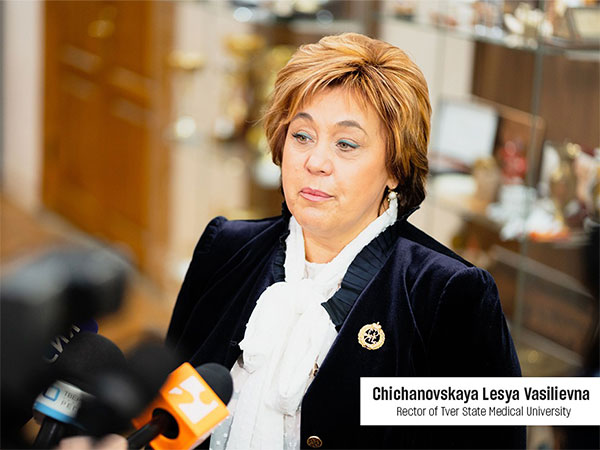
Central banks bring gold reserves home after Russia embargo
Jul 10, 2023
Moscow [Russia], July 10: Central banks in many countries consider gold still a safe investment channel but are bringing back gold reserves abroad, after Russia was frozen assets by the West.
A survey by investment management firm Invesco (USA) published on July 10 showed that more and more countries are taking their gold reserves
According to Reuters, the survey was conducted with 85 sovereign wealth funds and 57 central banks
"We kept the gold in London but now we have moved it back home to keep it as a safe asset and make sure it is safe," said a central bank representative for an unnamed country.
This is the common view of many parties and has been maintained since last year, said Rod Ringrow, who oversees the Invesco report.
Last year's financial market turmoil took a toll on sovereign-fund managers, and they are re-evaluating their strategy based on the belief that higher inflation and local tensions Politics will continue.
More than 85% of Invesco's survey respondents believe inflation will be even higher in the next decade than it has been in the past decade. Gold and emerging market bonds are seen as good investments in this environment. However, the West's freezing of nearly half of Russia's $640 billion in gold and foreign exchange reserves last year in the wake of the conflict in Ukraine
On the other hand, geopolitical concerns, plus opportunities in emerging markets are encouraging some central banks to diversify away from the dollar. 7% of 142 organizations surveyed believe that the increase in US public debt has a negative impact on the USD, although most say they do not see any alternative. The number of people who see the Chinese yuan as a rival to the dollar has fallen from 29% last year to 18% this year.
Infrastructure is the most attractive asset class, especially next-generation renewable energy projects. India continues to be one of the most attractive investment destinations for the second year in a row while the trend of nearshore investment, meaning that companies build factories near where they sell their products, is driving countries to invest. such as Mexico, Indonesia and Brazil.
Source: ThanhNien Newspaper









